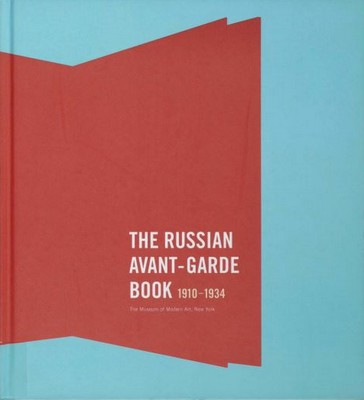Marcel Duchamp
Musée Jean Tinguely Bâle
20 mars – 30 juin 2002
MUSEE TINGUELY BÂLE
MUSEUM TINGUELY BASEL
Paul Sacher-Anlage 2, CH-4002 Bâle
www.tinguely.ch
Updated 05.07.2020
Musée Jean Tinguely Bâle
20 mars – 30 juin 2002
L'exposition conçue par Harald Szeemann montre pour la première fois depuis 1960 sous une forme représentative l'oeuvre de Marcel Duchamp (1887–1968) grâce à des prêts très importants.
L'oeuvre de Duchamp, tout comme sa personnalité, occupent une place centrale dans l'histoire de l'art du XXe siècle. Son influence se poursuit jusqu'à nos jours par le fait qu'il a montré ouvertement et de manière provocante le rapport entre l'art et la vie, les conditions de la création et a ainsi modifié de manière décisive la notion d'oeuvre d'art et de son créateur.
L'exposition présente des oeuvres sélectionnées de Marcel Duchamp et se concentre surtout sur les aspects qui ont exercé une influence durable sur Jean Tinguely (1925–1991): mouvements mécaniques et optiques, jeux et humour. Les Ready-mades, dans lesquels il intitule oeuvre d'art un objet courant, un vélo ou un urinoir ainsi que l'utilisation du hasard comme média artistique dans ses 3 Stoppages Etalons (1913-14/1964) deviendront une importante source d'inspiration pour le jeune Tinguely à Paris, au début des années 60.
Les essais optiques et les inventions Rotative plaques de verre (1920/1960) de Duchamp et ses Rotoreliefs qui génèrent des illusions optiques et des volumes virtuels à l'aide d'une machine sont présentés à côté des sculptures cinétiques de Tinguely.
Dans son tableau intitulé Nu descendant un escalier No 2, de 1912, Marcel Duchamp décompose le mouvement d'un nu en vues séquentielles de surfaces abstraites et crée ainsi une « image statique du mouvement ». On peut également admirer l'une des répliques signées de l'oeuvre majeure énigmatique de Duchamp, La mariée mise à nu par ses célibataires, même (également appelée Grand Verre), qu'il fabriqua – retiré et après un long travail de 1915 à 1923 – par la technique du fil de plomb sur verre et qu'il n'achèvera jamais. Des dessins et peintures comme la Première recherche pour la mariée mise à nu (1912) et La Broyeuse de Chocolat No 1 de 1913, complètent la présentation du Grand Verre.
Les Boîtes en Valise sont des musées miniatures en valises dans lesquelles Marcel Duchamp met en question l'unicité de l'oeuvre d'art ainsi que la notion traditionnelle du musée avec des reproductions de ses œuvres et modèles des Ready-mades. En 1920, il donne vie à son alter ego Rrose Sélavy et déclare sa propre personne comme œuvre d'art en se faisant photographier comme femme par Man Ray. Dans L.H.O.O.Q, une reproduction avec barbiche et moustache de la fameuse Joconde de Vinci, l'artiste se fait provocateur en jouant avec ambivalence et irritation avec l'observateur. A côté de ses objets érotiques, l'exposition présente également des œuvres rattachées au travail d'installation Etant donnés réalisé seulement après sa mort au Philadelphia Museum of Art. Elle est complétée par une documentation importante préparée par Jacques Caumont bien connu pour ses recherches sur Duchamp. L'exposition a été réalisée en collaboration avec la Succession Marcel Duchamp et l'aide de ses enfants d'un autre lit, Jacqueline, Paul et Peter Matisse.
Marcel Duchamp, Catalogue de l'exposition
© Hatje Cantz
Un catalogue d'exposition richement illustré est publié en français, allemand et anglais aux éditions Hatje Cantz; il comporte un avant-propos de Harald Szeemann et Guido Magnaguagno, des textes de Marcel Duchamp ainsi que d'auteurs célèbres tels que Elisabeth Bronfen, Dieter Daniels, Marc Décimo et Herbert Molderings et une interview importante de Jean Tinguely sur la personnalité et l'œuvre de Marcel Duchamp. Le catalogue est complété par une chronologie complète rédigée par Jacques Caumont ainsi qu'un encart « Mirage vers Bâle ». Prix: environ CHF 59.-
MUSEE TINGUELY BÂLE
MUSEUM TINGUELY BASEL
Paul Sacher-Anlage 2, CH-4002 Bâle
www.tinguely.ch
Updated 05.07.2020




